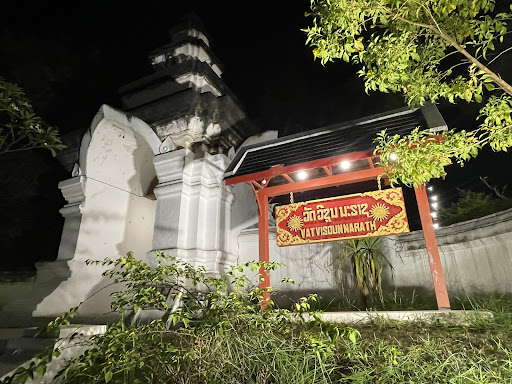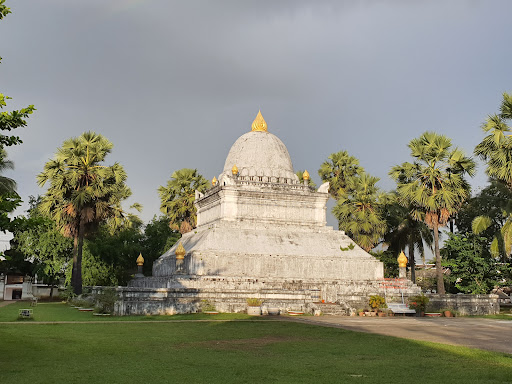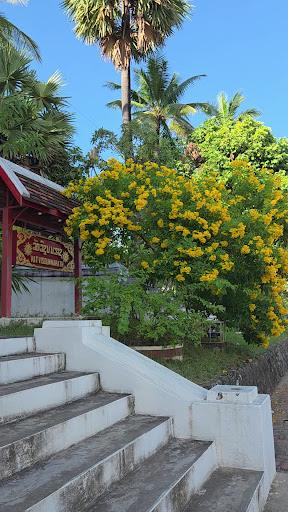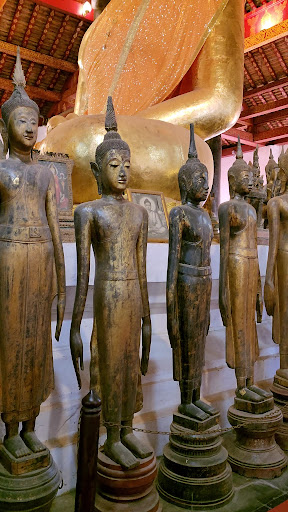Wat Wisunarat things to do, attractions, restaurants, events info and trip planning
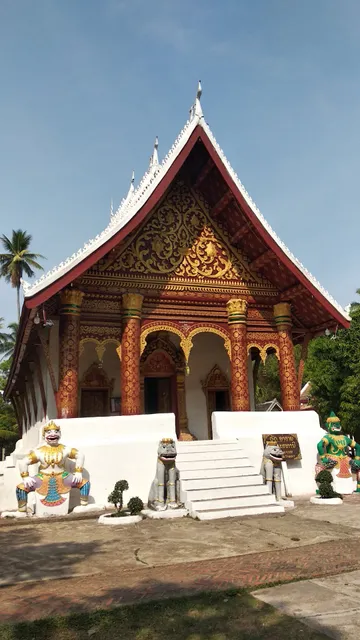
Basic Info
Wat Wisunarat
V4PQ+XF9, Luang Prabang, Laos
4.5(365)
Open 24 hours
Save
spot
spot
Ratings & Description
Info
Cultural
Scenic
attractions: Wat Aham, Phousi Hill, Traditional Arts and Ethnology Centre, Luang Prabang Night Market, Wat Chom Si, Royal Palace & National Museum, Haw Phra Bang, Wat May Souvannapoumaram, Luang Prabang Old Quarter, Elephant Village Sanctuary & Resort, restaurants: La Silapa Italian & Lao Kitchen, Bamboo Garden, 88 Chophouse restaurant & bar, Comma Coffee Luangprabang, Two Little Birds Cafe, Atsalin Restaurant, Dao Coffee by Dao Heuang, Manolo’s Taco Bar, Tangor, bistro tropical, BOUANG Asian Eatery
 Learn more insights from Wanderboat AI.
Learn more insights from Wanderboat AI.Plan your stay

Pet-friendly Hotels in Luang Prabang
Find a cozy hotel nearby and make it a full experience.

Affordable Hotels in Luang Prabang
Find a cozy hotel nearby and make it a full experience.

The Coolest Hotels You Haven't Heard Of (Yet)
Find a cozy hotel nearby and make it a full experience.

Trending Stays Worth the Hype in Luang Prabang
Find a cozy hotel nearby and make it a full experience.
Reviews
Nearby attractions of Wat Wisunarat
Wat Aham
Phousi Hill
Traditional Arts and Ethnology Centre
Luang Prabang Night Market
Wat Chom Si
Royal Palace & National Museum
Haw Phra Bang
Wat May Souvannapoumaram
Luang Prabang Old Quarter
Elephant Village Sanctuary & Resort
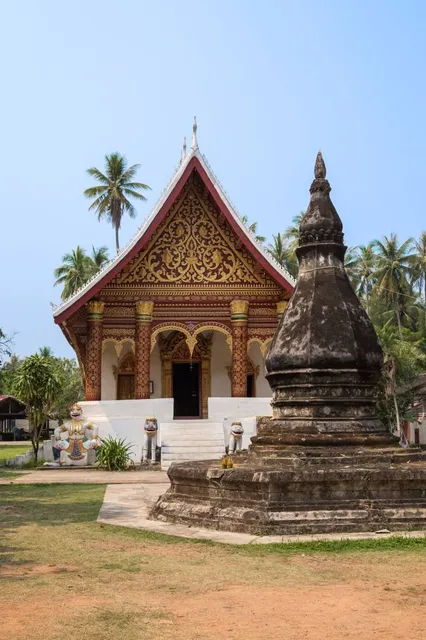
Wat Aham
4.4
(85)
Open 24 hours
Click for details
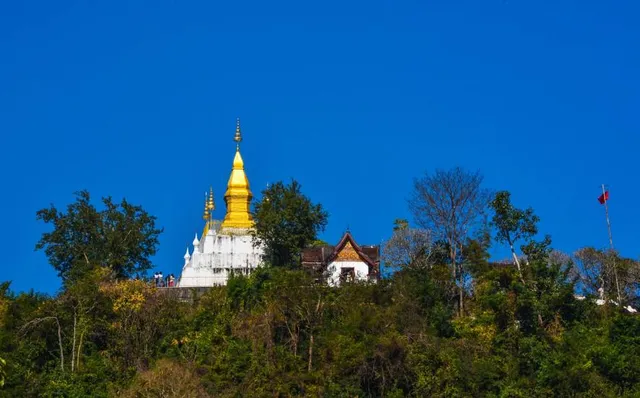
Phousi Hill
4.3
(2.5K)
Open 24 hours
Click for details
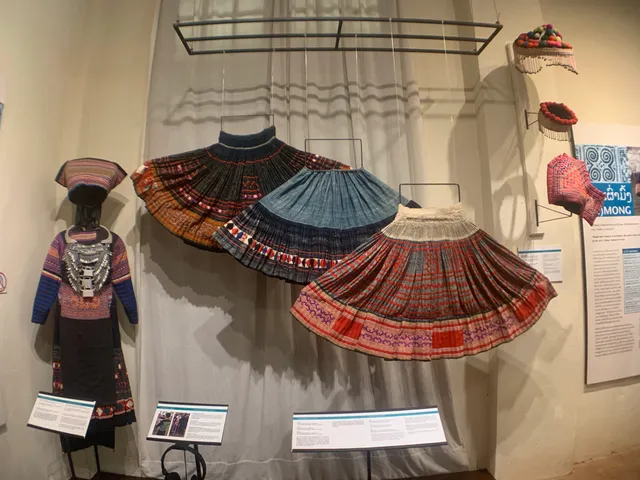
Traditional Arts and Ethnology Centre
4.6
(432)
Open 24 hours
Click for details
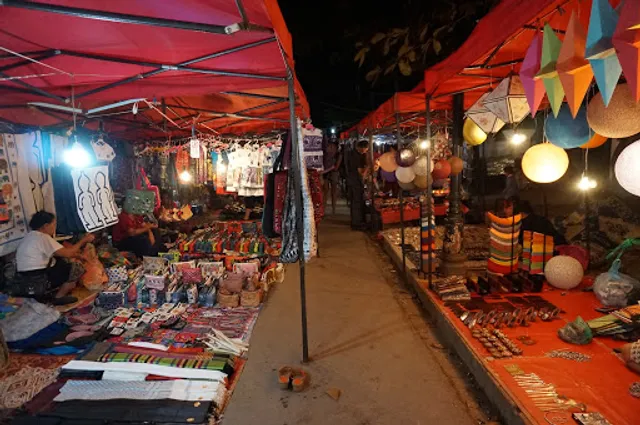
Luang Prabang Night Market
4.3
(2.6K)
Open 24 hours
Click for details
Things to do nearby
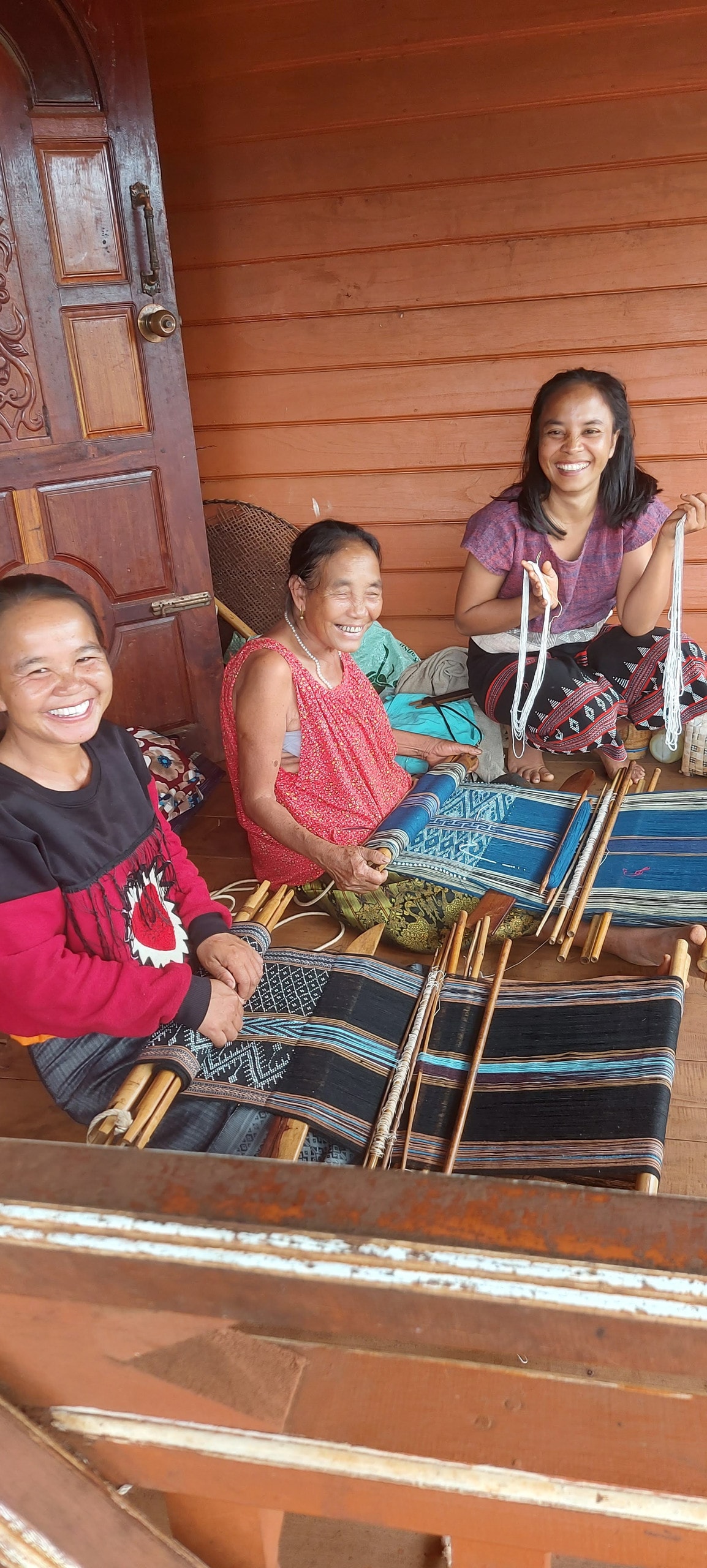
Practice traditional weaving with Katu sisters
Thu, Dec 25 • 1:00 PM
Luang Prabang, Luang Prabang Province 06000, Laos
View details
Nearby restaurants of Wat Wisunarat
La Silapa Italian & Lao Kitchen
Bamboo Garden
88 Chophouse restaurant & bar
Comma Coffee Luangprabang
Two Little Birds Cafe
Atsalin Restaurant
Dao Coffee by Dao Heuang
Manolo’s Taco Bar
Tangor, bistro tropical
BOUANG Asian Eatery
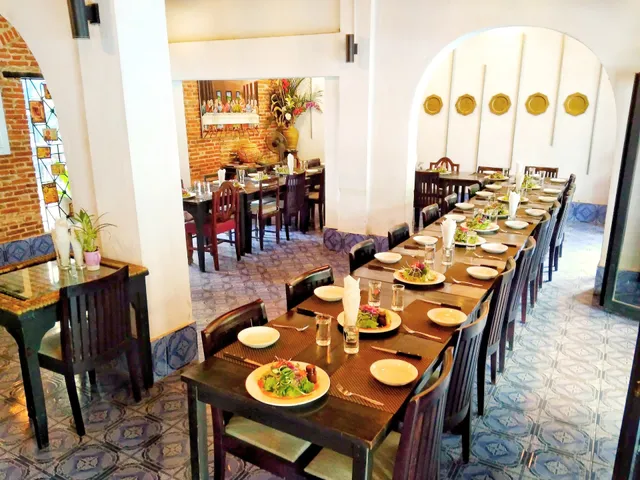
La Silapa Italian & Lao Kitchen
4.4
(408)
$$
Click for details
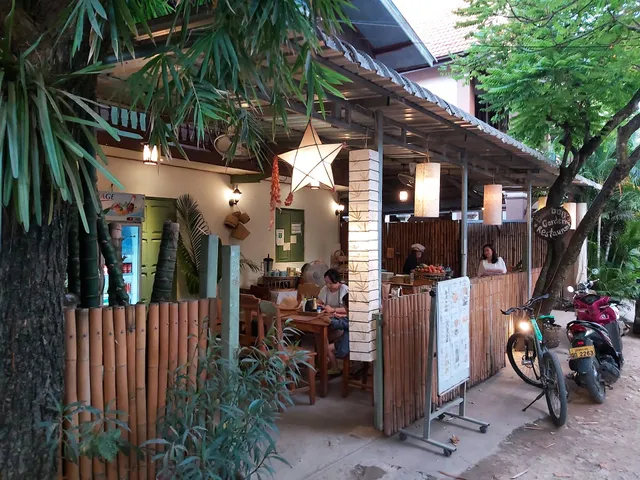
Bamboo Garden
4.6
(624)
$
Click for details
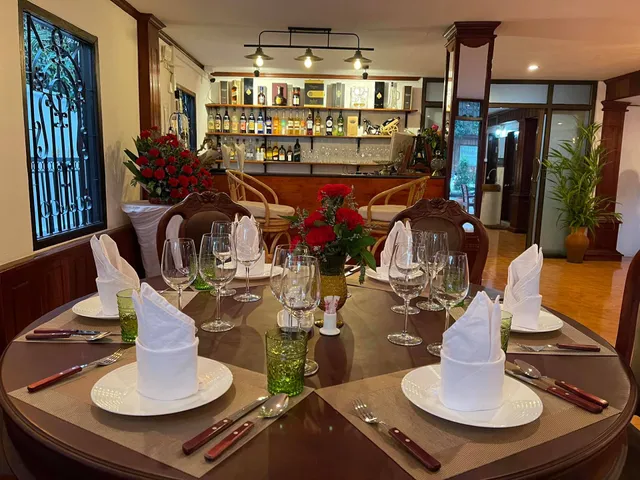
88 Chophouse restaurant & bar
4.6
(73)
Click for details
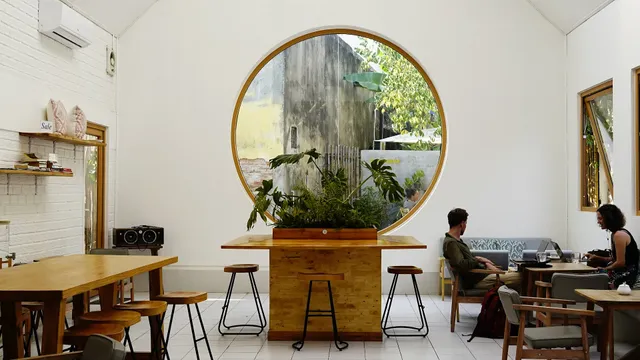
Comma Coffee Luangprabang
4.6
(95)
Click for details


